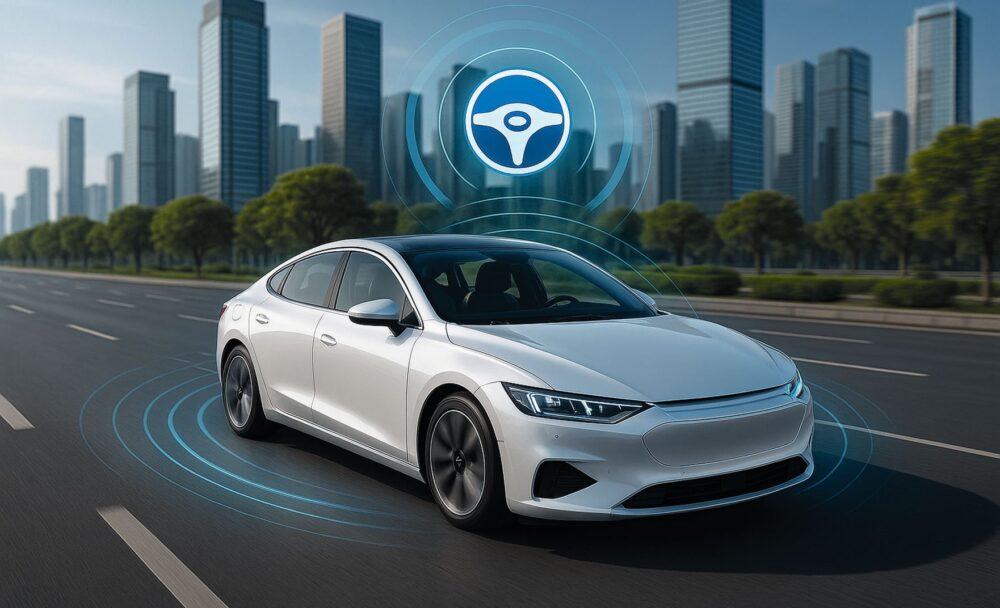CO2 capture: Swiss company benefits from billion-dollar investment by the USA
The U.S. government wants to spend up to $1.2 billion on two groundbreaking plants for extracting carbon dioxide from the air. This has to be called a gamble, because the technology for capturing CO2 directly from the air is still under development and is also criticized by some experts. Nevertheless: A Swiss company also profits from the investment.

Two projects in Texas and Louisiana are each expected to eliminate one million metric tons of carbon dioxide per year, equivalent to the annual emissions of 445,000 gas-powered cars. These projects will be financed by 1.2 billion U.S. dollars, which the government has promised. This makes it the world's largest investment in engineered carbon dioxide removal in history, the U.S. Department of Energy said in a statement. "Reducing our carbon emissions alone will not stop the growing impacts of climate change," Energy Secretary Jennifer Granholm said in the statement. "We must also remove the CO2 we have already put into the atmosphere." Direct Air Capture (DAC) techniques - also known as Carbon Dioxide Removal (CDR, CO2 capture) - focus on CO2 released into the air, which contributes to climate change and extreme weather. Each of the projects will remove 250 times more CO2 from the air than the largest CO2 capture plant currently in operation, according to the Department of Energy.
CO2 capture from the air criticized
The United Nations International Panel on Climate Change (IPCC) considers direct capture of carbon dioxide from the atmosphere one of the methods needed to combat global warming. But the sector is still insignificant; according to the International Energy Agency, only 27 carbon capture plants are in operation worldwide, although at least 130 projects are under development. And some experts worry that the use of the technology could be used as an excuse to continue emitting greenhouse gases, rather than a faster transition to clean energy.
Direct CO2 capture "requires a lot of electricity to extract CO2 from the air and compress it for pipes," Mark Jacobson, a professor at Stanford University, told AFP news agency. "Even in the best-case scenario, if the electricity comes from renewables, that renewable electricity can't then replace a fossil fuel power source on the grid, such as coal or gas. That means this technology is nothing more than a gimmick," he said, adding, "It will only delay our solution to the climate problem." Direct capture is different from carbon capture and storage (CCS) systems at the source, such as factory smokestacks, which prevent additional emissions from entering the atmosphere.
Underground CO2 storage
The U.S. nonprofit Battelle is the prime contractor for the Louisiana project, which will inject captured CO2 deep underground for storage. It will work with another U.S. company, Heirloom, and Switzerland's Climeworks, which is already a leader in the industry and operates a plant in Iceland with an annual capacity to capture 4,000 tons of CO2 from the air. "The notification of selection is recognition that the project has what it takes to help build the U.S. DAC ecosystem," said Daniel Nathan, chief project development officer at Climeworks. It is a testament to the company's ability to deliver high-quality, high-integrity CO2 capture using DAC, and they look forward to working with all project partners to bring DAC technology to the Gulf Coast, Climeworks added.
The Texas project, in turn, is being led by U.S.-based Occidental and other partners. When completed, it should be able to remove up to 30 million tons of CO2 per year, according to a statement from Occidental. "The rocks in the subsurface of Louisiana and Texas are sedimentary rocks that are very different from Icelandic basalt, but are quite suitable for storing CO2," Helene Pilorge, a researcher in carbon capture at the University of Pennsylvania, told AFP.
According to the Ministry of Energy, the two projects are expected to create 4,800 jobs. No start date has yet been set for either project. They will be financed by President Joe Biden's major infrastructure bill, which was passed in 2021. The Department of Energy had previously announced it would invest in four projects totaling $3.5 billion. In May, the Biden administration announced a plan to reduce CO2 emissions from gas- and coal-fired power plants, focusing in particular on this second technology.
Source: Techexplore.com









